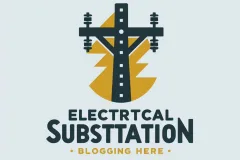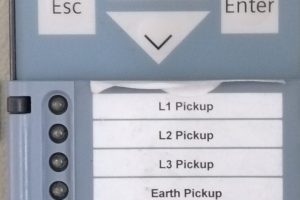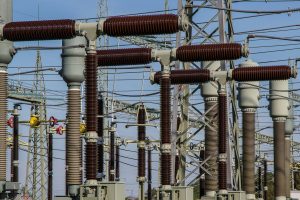In today’s rapidly evolving energy landscape, understanding consumer energy service rates and sustainability initiatives is more important than ever. Whether you’re a homeowner, business owner, or simply an environmentally conscious citizen, knowing how energy rates are determined and what sustainability programs are available can help you make smarter, greener choices. In this article, we’ll break down the basics of energy service rates, explore key sustainability initiatives, and offer actionable tips to help you save money and reduce your carbon footprint.
What Are Consumer Energy Service Rates?
Consumer energy service rates refer to the charges that utility companies apply for delivering electricity or gas to your home or business. These rates are typically composed of several components:
- Base Rate: The standard charge for energy supply and delivery.
- Usage Charges: Costs based on the amount of energy you consume, measured in kilowatt-hours (kWh) for electricity or therms for gas.
- Demand Charges: Fees for peak usage times, primarily affecting commercial customers.
- Taxes and Fees: Local, state, and federal charges added to your bill.
Factors Influencing Energy Rates
- Supply and Demand: High demand or limited supply can drive prices up.
- Fuel Costs: Fluctuations in natural gas, coal, or renewable energy sources impact rates.
- Infrastructure Investments: Upgrades to power lines, substations, and smart grids may be reflected in your bill.
- Regulatory Policies: Government regulations and incentives can affect pricing structures.
Why Do Rates Matter for Sustainability?
Energy rates don’t just affect your wallet—they also influence your environmental impact. High rates during peak hours can encourage consumers to shift their usage to off-peak times, reducing strain on the grid and lowering emissions. Additionally, some utilities offer green energy rates or renewable energy credits, allowing consumers to support clean power generation.
Key Sustainability Initiatives in Energy Services
Sustainability initiatives are programs and policies designed to promote energy efficiency, reduce greenhouse gas emissions, and increase the use of renewable resources. Here are some of the most impactful initiatives:
1. Renewable Energy Programs
Many utilities now offer customers the option to purchase energy from renewable sources like solar, wind, or hydroelectric power. Participating in these programs helps drive demand for cleaner energy and reduces reliance on fossil fuels.
2. Energy Efficiency Rebates
Utilities often provide rebates or incentives for upgrading to energy-efficient appliances, lighting, and HVAC systems. These programs not only lower your energy bills but also decrease overall energy consumption.
3. Demand Response Programs
Demand response programs reward consumers for reducing their energy usage during peak periods. This can involve automated smart thermostats, time-of-use pricing, or direct utility control of certain appliances.
4. Community Solar Projects
Community solar allows multiple customers to invest in or subscribe to a shared solar installation. This is a great option for renters or those unable to install solar panels on their own property.
5. Smart Metering and Home Energy Management
Smart meters and energy management apps give consumers real-time insights into their usage, empowering them to make more informed decisions and reduce waste.
How to Take Advantage of Sustainable Energy Services
- Review Your Bill: Understand the different charges and look for green energy or efficiency program options.
- Enroll in Renewable Programs: Ask your utility about renewable energy plans or community solar projects.
- Upgrade Appliances: Take advantage of rebates for energy-efficient appliances and lighting.
- Shift Your Usage: Use major appliances during off-peak hours to save money and reduce grid stress.
- Monitor Your Consumption: Use smart meters or apps to track and manage your energy use.
Conclusion
Understanding your energy service rates and participating in sustainability initiatives can lead to significant savings and a smaller environmental footprint. By taking advantage of available programs and making informed choices, you can contribute to a cleaner, more sustainable energy future—while also benefiting your household or business bottom line.
Ready to make a change?
Contact your local utility provider today to explore energy-saving programs and discover how you can be part of the sustainability movement!
If you found this article helpful, share it with friends or leave a comment below with your energy-saving tips!


